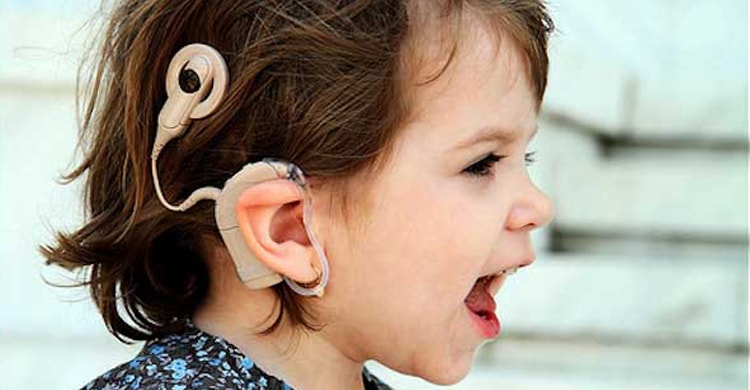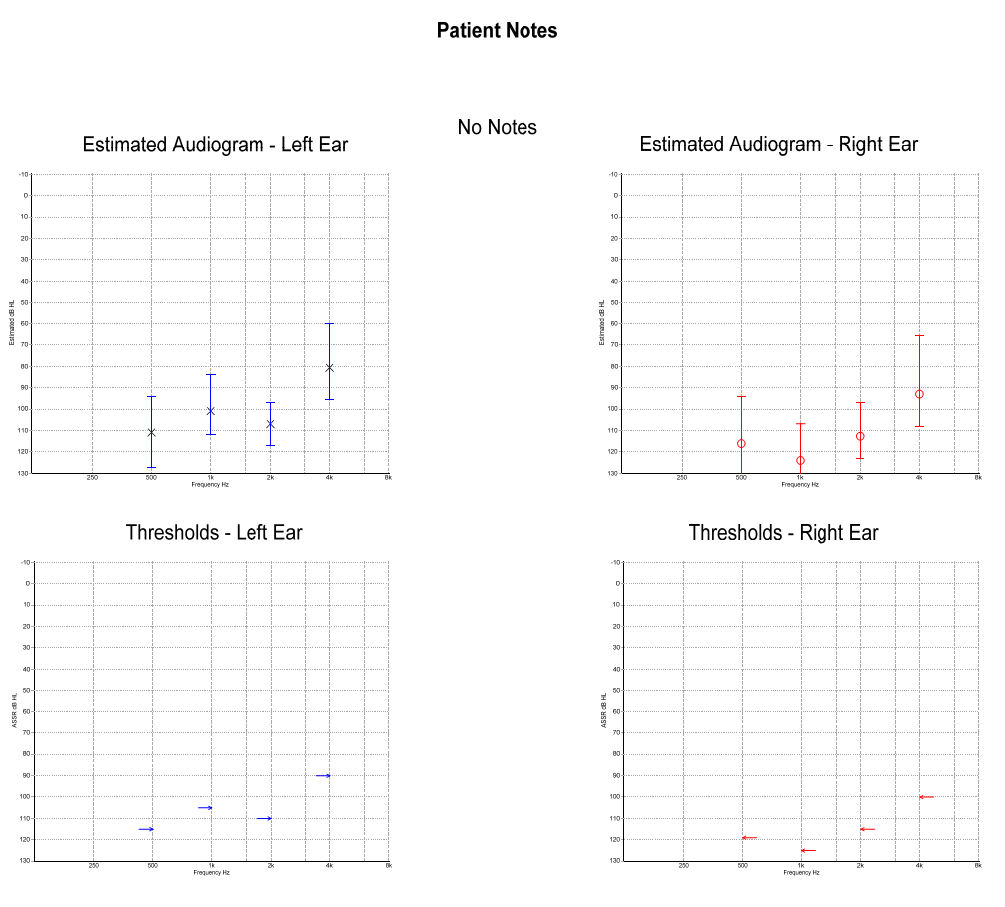
Pre Operative Work up or evaluation for Cochlear Implant
Detailed work up is very essential part before proceeding for any surgery and in cochlear implantation this becomes more important as future of the child depends on the result of the surgery and habilitation and also the cost involved is not less.
In general work up should include:There is no single test, which can assess the hearing status of child properly, so battery of tests are implied to have proper assessment as the decision of the intervention will depend on this evaluation. The tests that are commonly used are:

This will help in determining the hearing thresholds and also will evaluate whether the child will get adequate benefit from hearing aid. This means the hearing benefit, which can lead to development of speech and language.
IQ testing and also evaluation to know whether the development of the child is age appropriate or there is any delay in the development. The evaluation should also be done to know the spectrum of autism or hyperactivity.
It is mandatory to know the status of the inner ear and hearing nerve. It is also important to know whether the anatomy of middle ear and inner ear is normal or there is some anomaly, which is present. This is important because in certain anomalies cochlear implant cant be done like cochlear aplasia or absence of hearing nerve.
HRCT scan of temporal bonesMRI of inner ear with 3D reconstruction of cochlea

These two are mostly required to assess the feasibility of cochlear Implant.
There are certain other evaluations which may be required as the deafness may be a part of some syndrome, so depending on the syndrome eye check up, cardiac evaluation, kidney assessment , Neurological evaluation etc may be required.



Few days back, got ulcers on the throat due to which unable to even inhale or eat or drink anything. Come to Dr. Satinder and really it was really a safest and quickest treatment i got and started normal diet within 3 days.